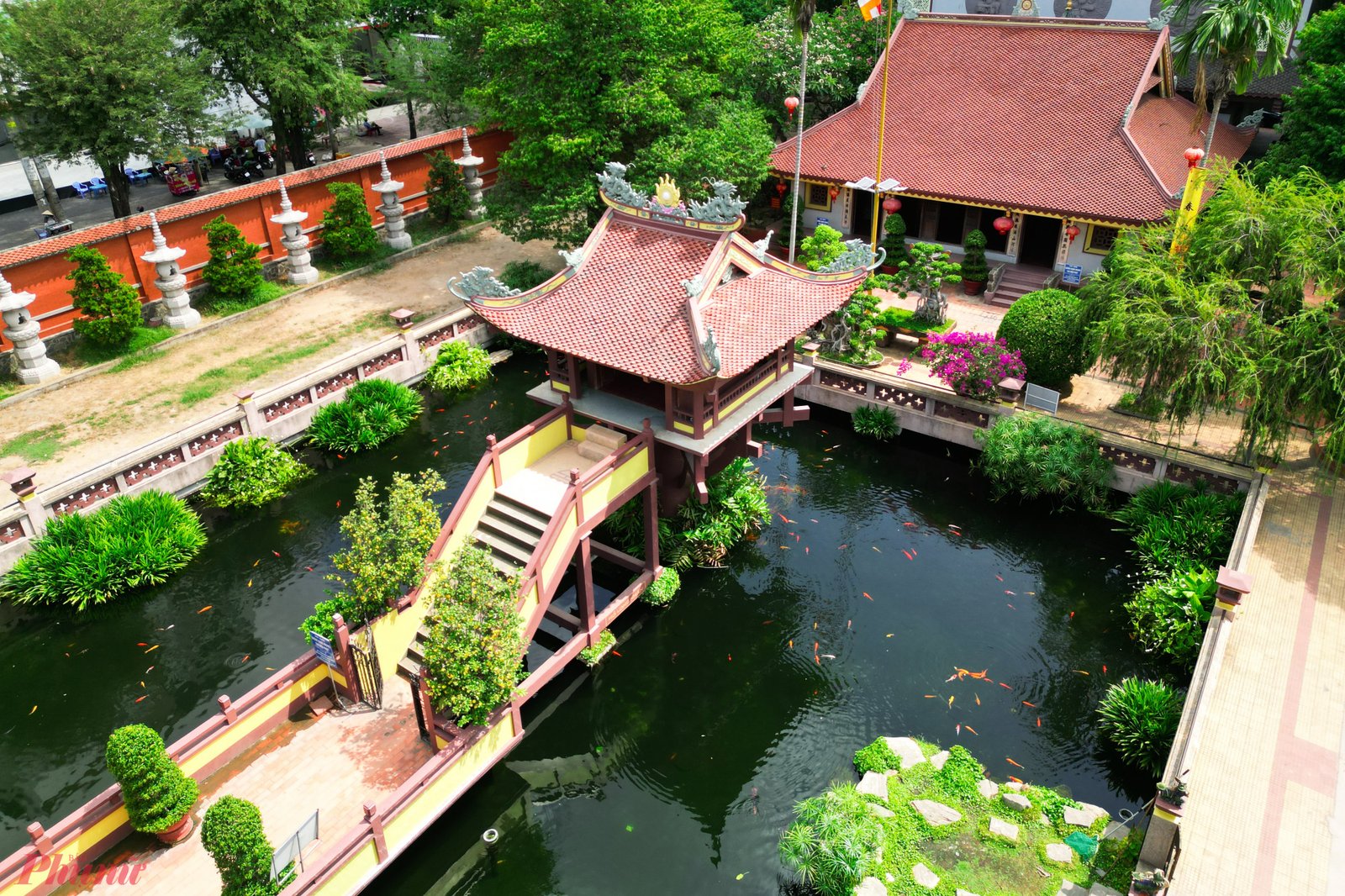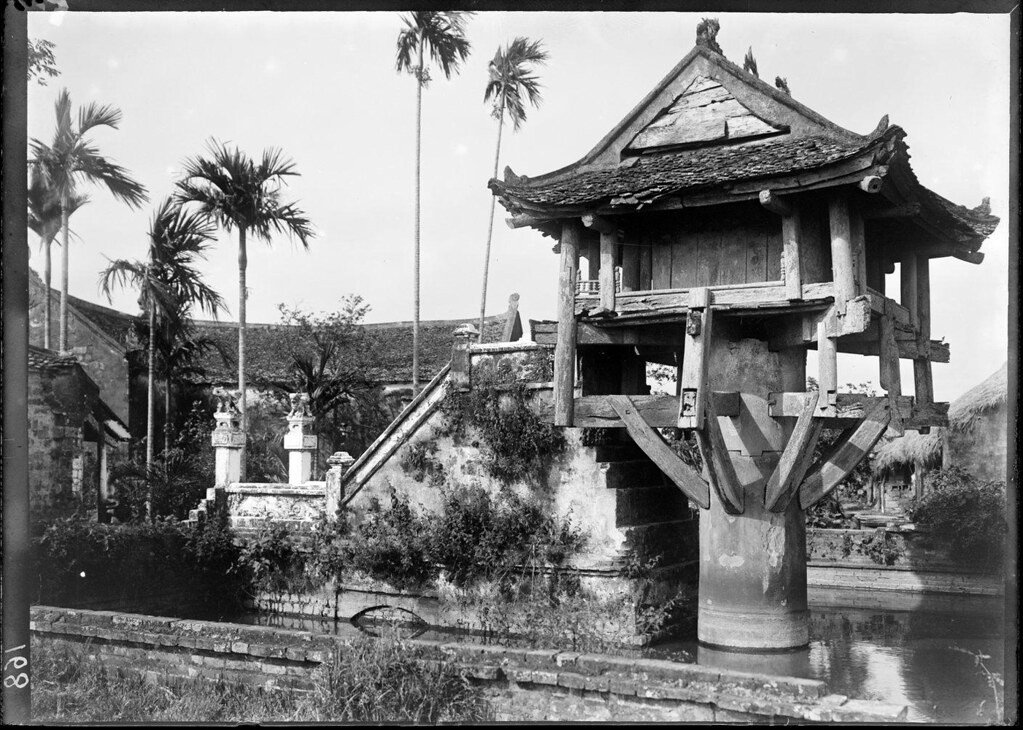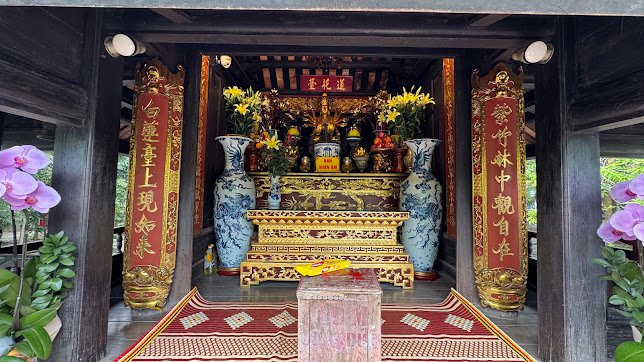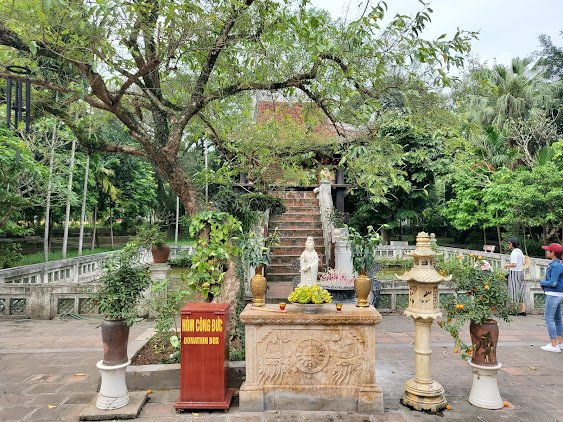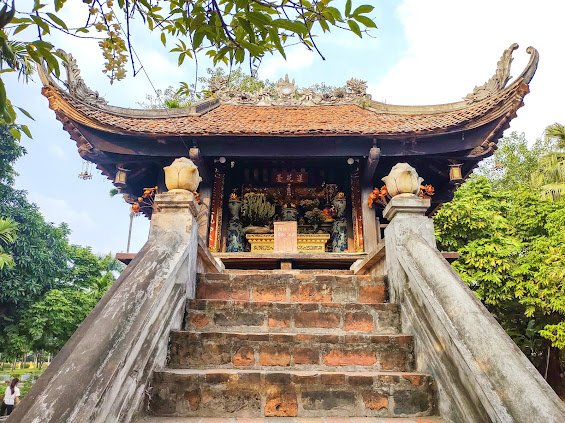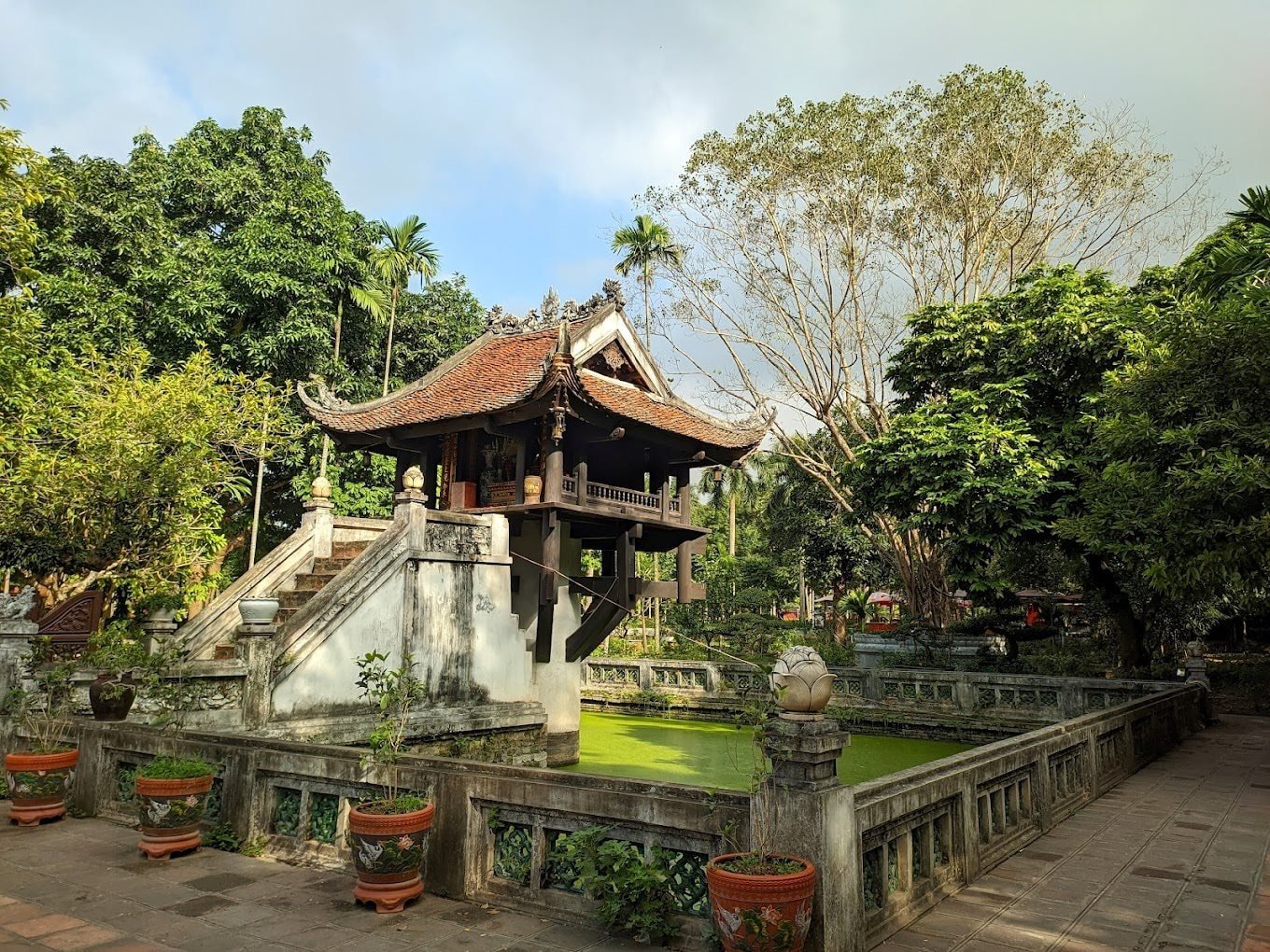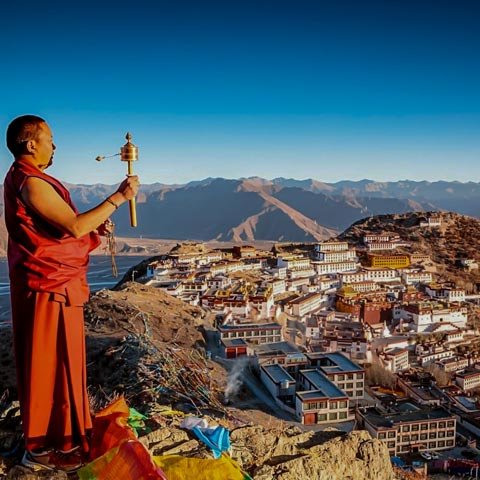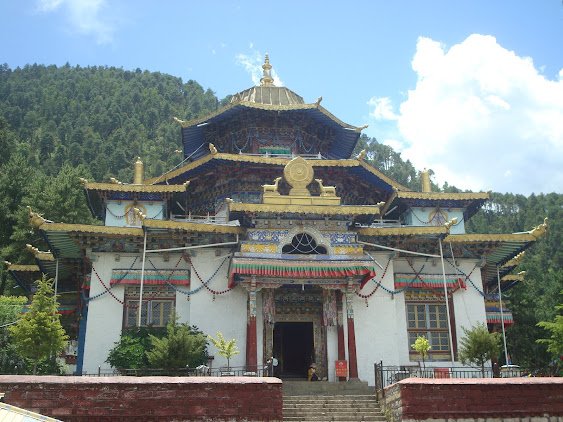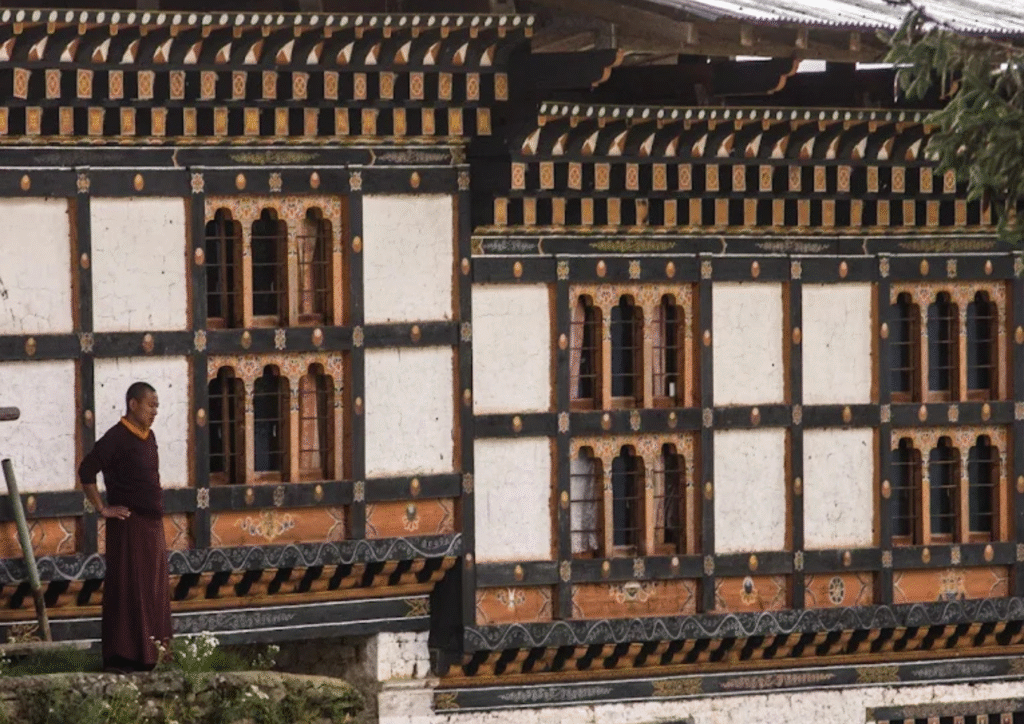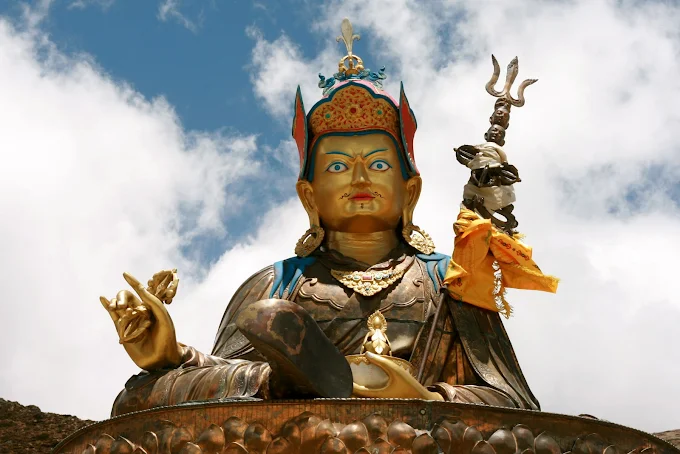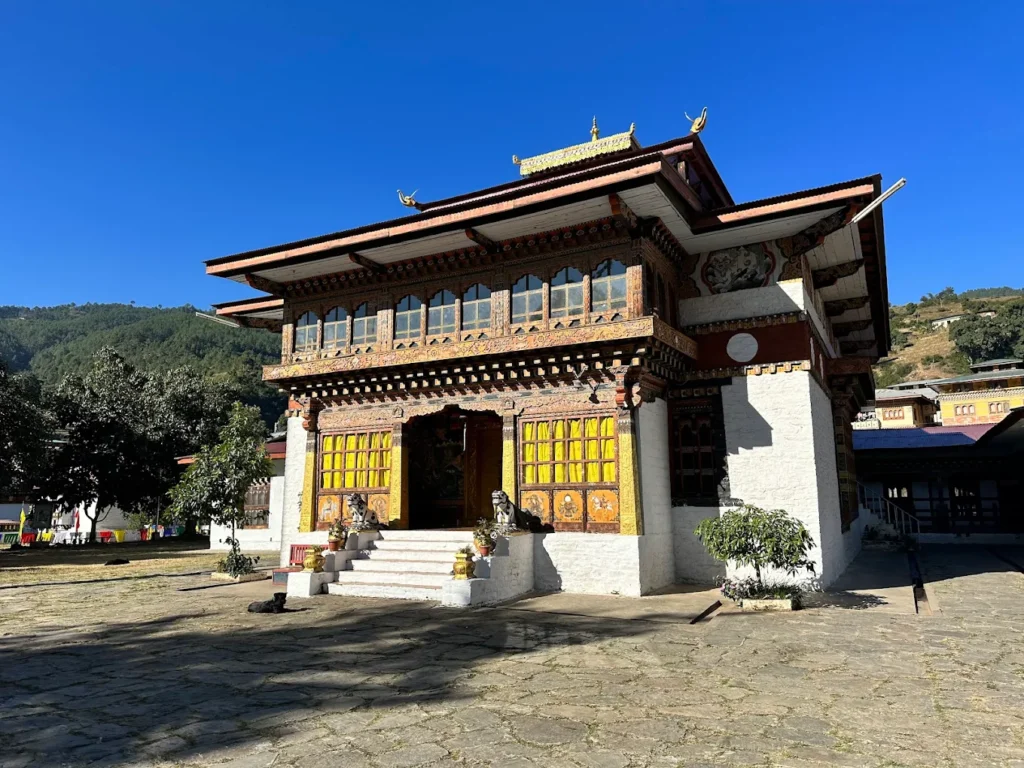One Pillar Pagoda: Hanoi’s Lotus-Born Sanctuary
Overview and Significance
Essence of One Pillar Pagoda
Rising like a lotus from a tranquil pond, One Pillar Pagoda, or Chùa Một Cột, stands as Hanoi’s most iconic temple, its single stone pillar a marvel of 11th-century ingenuity. Founded in 1049 by Emperor Lý Thái Tông, this Mahayana Buddhist sanctuary embodies Vietnam’s spiritual elegance, its delicate wooden shrine perched atop a solitary column in a sea of lotus blooms. Revered as a symbol of Hanoi’s cultural heart, it captivates pilgrims and travelers with its poetic beauty and enduring legacy.
- Defining Trait: A unique lotus-shaped shrine atop a single stone pillar, unmatched in Vietnam.
- Cultural Role: A timeless emblem of Hanoi’s Buddhist heritage and imperial devotion.
- Global Recognition: Named Asia’s most unique temple by the Asian Record Organization in 2012.
Historical Evolution
One Pillar Pagoda was born from a legend: Emperor Lý Thái Tông, childless and seeking an heir, dreamed of Avalokiteshvara (Quan Âm, the Bodhisattva of Compassion) seated on a lotus, offering him a son. Soon after, his queen bore a prince, and in gratitude, the emperor built this temple in 1049, naming it Diên Hựu (Prolonged Blessings) or Liên Hoa Đài (Lotus Platform). Historical records, including the Đại Việt Sử Ký Toàn Thư, confirm its construction near the Thăng Long Citadel. Destroyed by French forces in 1954, it was rebuilt in 1955 with a concrete pillar, preserving its original design. Its resilience mirrors Vietnam’s spirit, as noted in Hanoi’s heritage archives.
- Founding (1049): Built by Lý Thái Tông, inspired by a divine vision.
- Destruction and Rebirth: Razed in 1954, rebuilt in 1955 with modern materials.
- Legacy: A symbol of imperial piety and national endurance.
Cultural Impact
One Pillar Pagoda is Hanoi’s poetic soul, its lotus-like form inspiring artists and writers across centuries. As a Mahayana Buddhist center, it has shaped Vietnam’s spiritual landscape, emphasizing compassion through Quan Âm’s worship. Its image graces postage stamps and schoolbooks, cementing its place as a national icon. Annual festivals, like Vesak, draw devotees to its serene grounds, their prayers mingling with lotus scents, reinforcing its cultural resonance.
- Artistic Muse: Celebrated in Vietnamese art for its delicate, lotus-inspired design.
- Buddhist Influence: A hub for Quan Âm devotion, shaping Mahayana practices.
- National Symbol: A cherished emblem of Vietnam’s cultural identity.
Signature Legacy
The pagoda’s single pillar, a 1.25-meter-wide stone column rising from a lotus pond, is its heart, symbolizing purity and enlightenment. The legend of Lý Thái Tông’s dream, etched in temple lore, ties it to Quan Âm, drawing devotees seeking blessings for fertility and protection. A small shrine to Quan Âm, adorned with lotus motifs, sits within, its golden statue glowing under a curved roof. This unique design earned it the Asian Record Organization’s 2012 accolade as Asia’s most distinctive temple.
- Iconic Pillar: A stone column, evoking a lotus stem in a tranquil pond.
- Quan Âm Legend: A divine vision linking the pagoda to compassion and fertility.
- Global Honor: Recognized for its unparalleled architecture in 2012.
Community and Global Reach
Local families offer incense at One Pillar Pagoda, praying for health and harmony, while monks maintain its sanctity. Scholars study its Lý-era roots, and tourists, from Asia to the West, flock to its lotus pond, enchanted by its elegance. Its 2012 Asian record amplified its fame, making it a must-see for cultural explorers. Nestled in Hanoi’s Ba Đình District, it offers a moment of peace amid the city’s pulse, its legacy a bridge across time.
- Local Devotion: A daily haven for Hanoi’s Buddhists, especially for Quan Âm worship.
- Scholarly Interest: Studied for its Lý Dynasty architecture and inscriptions.
- Tourist Magnet: Draws thousands yearly, seeking its serene beauty.
Architectural Features
Distinctive Design
One Pillar Pagoda’s architecture is a delicate masterpiece, its wooden shrine balanced atop a single stone pillar like a lotus blooming from water. Built in the Lý Dynasty’s minimalist style, its curved roof and open platform evoke spiritual purity, framed by a square lotus pond. The design, rooted in Buddhist symbolism, blends 11th-century aesthetics with Vietnam’s reverence for nature, creating a serene, otherworldly presence.
- Layout: A single shrine atop a pillar, encircled by a lotus pond and garden.
- Style: Lý-era minimalism, with lotus-inspired curves and open spaces.
- Setting: A tranquil pond, amplifying its spiritual elegance.
Signature Structures
The Điện Phật (prayer hall), a 3-meter-square wooden shrine, crowns the stone pillar, housing a gilded Quan Âm statue under a crimson-tiled roof. The 4-meter-tall pillar, originally stone but now concrete, rises from the pond, its base adorned with lotus carvings. A small staircase leads to the shrine, while a nearby Bảo Tháp (multi-tiered tower), added post-1955, honors past monks, its whitewashed tiers glowing against the greenery.
- Prayer Hall: A tiny shrine with Quan Âm, perched atop the pillar.
- Stone Pillar: A lotus stem-like column, now concrete for durability.
- Tower: A post-1955 addition, commemorating monastic legacy.
Artisanal Mastery
Crafted from rosewood and laterite in its original form, the pagoda showcases Lý-era artistry, with lotus motifs carved into the shrine’s beams. The 1955 reconstruction used concrete for the pillar but preserved the wooden shrine’s intricate joinery, avoiding nails per tradition. The Quan Âm statue, coated in golden lacquer, reflects ancient techniques, as documented in Hanoi’s heritage records. Every detail, from roof eaves to pondside carvings, breathes Vietnam’s craftsmanship.
- Materials: Originally rosewood and laterite, now with concrete.
- Techniques: Nail-free joinery, lotus carvings, and lacquerwork.
- Statuary: A gilded Quan Âm, radiating compassion.
Hidden Architectural Gems
Beyond the pillar, subtle treasures enchant. A 12th-century stele near the pond, inscribed with Lý-era prayers, whispers of the pagoda’s origins. The pond’s lotus carvings, etched into stone edges, mirror the shrine’s motifs, a quiet nod to Buddhist purity. A small garden shrine, often overlooked, honors Lý Thái Tông, its faded wooden altar a link to the pagoda’s imperial past.
- Ancient Stele: A 12th-century relic, etched with Buddhist verses.
- Lotus Carvings: Pondside details, echoing the shrine’s design.
- Garden Shrine: A modest tribute to Lý Thái Tông, steeped in history.
Preservation and Evolution
Preserving One Pillar Pagoda demands care against Hanoi’s humidity and urban sprawl. The 1955 reconstruction, led by Vietnamese architects, balanced modern materials with Lý-era aesthetics, as noted in heritage reports. Ongoing efforts shield the wooden shrine with natural resins, while the pond’s ecosystem is maintained to protect its lotuses. These labors ensure the pagoda’s delicate beauty endures, a testament to Vietnam’s devotion.
- Challenges: Humidity, pollution, and urban encroachment.
- Reconstruction: 1955 rebuild with concrete, preserving original form.
- Modern Care: Resins and pond maintenance for longevity.
Rituals and Practices
Sacred Daily Rites
Dawn at One Pillar Pagoda begins with monks chanting the Lotus Sutra, their voices drifting over the pond. Devotees offer lotus flowers and incense to Quan Âm, seeking compassion and fertility, their prayers soft against the shrine’s glow. Evening brings quiet offerings, with candles flickering in the lotus pond, a ritual of gratitude unchanged for centuries.
- Morning Chants: Sutras at 6 AM, open to visitors.
- Offerings: Lotus and incense, symbols of purity.
- Evening Rites: Candle offerings, reflecting on water.
Unique Spiritual Practices
Monthly Quan Âm ceremonies, held on the 19th lunar day, fill the pagoda with chants for compassion, drawing families praying for children. Devotees tie red threads blessed by monks, believed to bring protection. A rare lotus-offering ritual, where petals are scattered in the pond, honors the pagoda’s founding legend, tying worshippers to Lý Thái Tông’s vision.
- Quan Âm Rites: Monthly prayers for compassion and fertility.
- Red Threads: Blessed for protection, tied by monks.
- Lotus Offering: Petals scattered, echoing the pagoda’s origin.
Vibrant Festival Traditions
Vesak transforms One Pillar Pagoda with lotus lanterns and processions, devotees sharing rice porridge in joy. Tet brings peach blossom offerings and prayers for prosperity, the shrine aglow with incense. These festivals, rooted in Mahayana traditions, blend Buddhist reverence with Vietnamese warmth, uniting locals in celebration, as monks lead with grace.
- Vesak: Lanterns and communal meals under moonlight.
- Tet: Blossoms and prayers for fortune.
- Community Role: Monks guide, laity enliven festivities.
Visitor Engagement
Travelers can join daily rites, lighting incense or receiving monk-led blessings with red threads. Weekly meditation by the pond offers mindfulness amid lotus blooms, guided by monks. Offering lotus petals, a simple act, connects visitors to the pagoda’s spirit, fostering a shared sense of peace and reverence.
- Incense Offering: Daily, with monk support.
- Blessings: Red threads, freely given.
- Meditation: Weekly sessions by the pond.
Monastic and Community Roles
A small group of monks, versed in Mahayana teachings, tends One Pillar Pagoda, leading rites and mentoring devotees. Local families maintain the pond and grounds, a tradition of care spanning generations. Cultural events, like Vesak poetry readings, deepen community bonds, making the pagoda a living thread in Hanoi’s tapestry.
- Monks’ Duties: Chanting, teaching, and guidance.
- Lay Volunteers: Families upkeep the pond and shrine.
- Cultural Events: Poetry and Buddhist talks, open to all.
Visitor Information
Navigating to One Pillar Pagoda
One Pillar Pagoda sits in Ba Đình District, near Ho Chi Minh’s Mausoleum, at Chùa Một Cột Street. From Hanoi’s Old Quarter, a 10-minute taxi or 15-minute walk via Hùng Vương Street leads to its lotus pond. The pagoda’s distinctive pillar, visible amid greenery, guides visitors, with the mausoleum as a nearby landmark.
- Route: West from Old Quarter via Hùng Vương to Chùa Một Cột.
- Landmarks: Ho Chi Minh Mausoleum, Ba Đình Square.
- Tip: Use Grab bikes for quick access during festivals.
Address of One Pillar Pagoda
Chùa Một Cột, Đội Cấn, Ba Đình, Hà Nội, Vietnam
Visiting Hours and Etiquette
Open daily from 7:00 AM to 6:00 PM, the pagoda extends hours during Vesak and Tet. Wear modest clothing—covering shoulders and knees—and remove shoes before climbing the shrine’s stairs. Photograph respectfully, avoiding the Quan Âm statue, a gesture of Buddhist reverence.
- Hours: 7:00 AM–6:00 PM, longer for festivals.
- Dress Code: Modest attire, long pants or skirts.
- Etiquette: No loud talk, no statue photos, silence phones.
Accessibility and Safety
A flat path leads to the pond, but the shrine’s steep staircase challenges mobility-impaired visitors; monks can assist. The site is safe, though festival crowds require pickpocket vigilance. Hanoi’s humidity suggests water and hats for comfort, especially near the open pond.
- Accessibility: Flat paths, but stairs to shrine; assistance available.
- Safety: Low crime; guard bags during festivals.
- Health: Carry water, wear sun protection.
Amenities and Surroundings
A small shop sells incense and lotus petals, with restrooms near the garden. Nearby Ba Đình cafes offer phở and cà phê sữa đá, while street vendors sell bánh mì. The lotus pond’s scent and gentle ripples create a sensory oasis, softening Hanoi’s urban buzz.
- Amenities: Incense shop, restrooms, shaded seats.
- Dining: Cafes and street food in Ba Đình.
- Senses: Lotus aromas, pond ripples.
Immersive Visitor Tips
Visit at dawn for monks’ chants by the glowing Quan Âm statue, or dusk for candlelit offerings on the pond. Capture the pagoda from the pond’s edge, sans flash, to respect devotees. Afterward, explore Ba Đình Square or sip coffee nearby, letting the pagoda’s serenity linger against Hanoi’s sunset.
- Best Times: Dawn chants, dusk offerings.
- Photography: Pondside shots, no flash.
- Afterward: Stroll Ba Đình for history and cafes.
